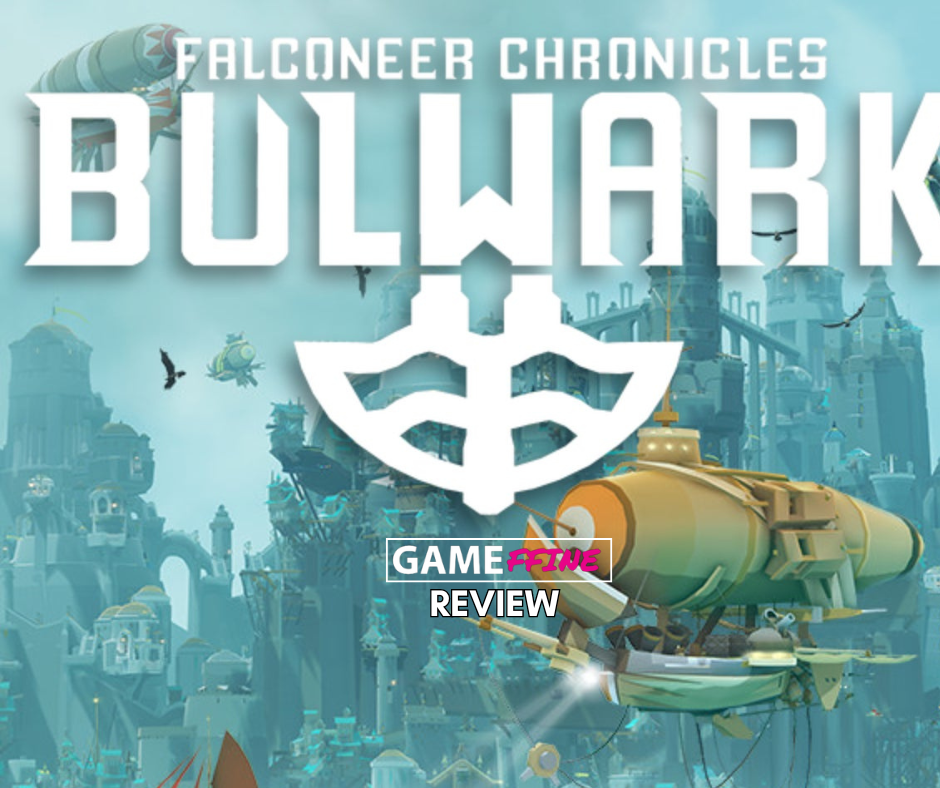When the Falconeer came out, it redefined the air combat genre as we knew it. Most air combat games till date were mostly focused on realistic simulations of mid-air battles with the focus being on high-definition graphics. Falconeer was the first game that had a very deep focus on world-building instead of realistic graphics or in-depth physics simulations. The story-telling and the development of lore in an universe where the world was been destroyed because of a catastrophic incident. The developer, Tomas Sala, built another game which builds up from where Falconeer left off – he calls it Bulwark Falconeer Chronicles. However, unlike the first game, Bulwark is a city-building game with a heavy focus on strategy.
Bulwark Falconeer Chronicles is a city-building game developed by Tomas Sala and published by Wired Productions. The game was released on 26th March, 2024 on PlayStation, Xbox and Steam.
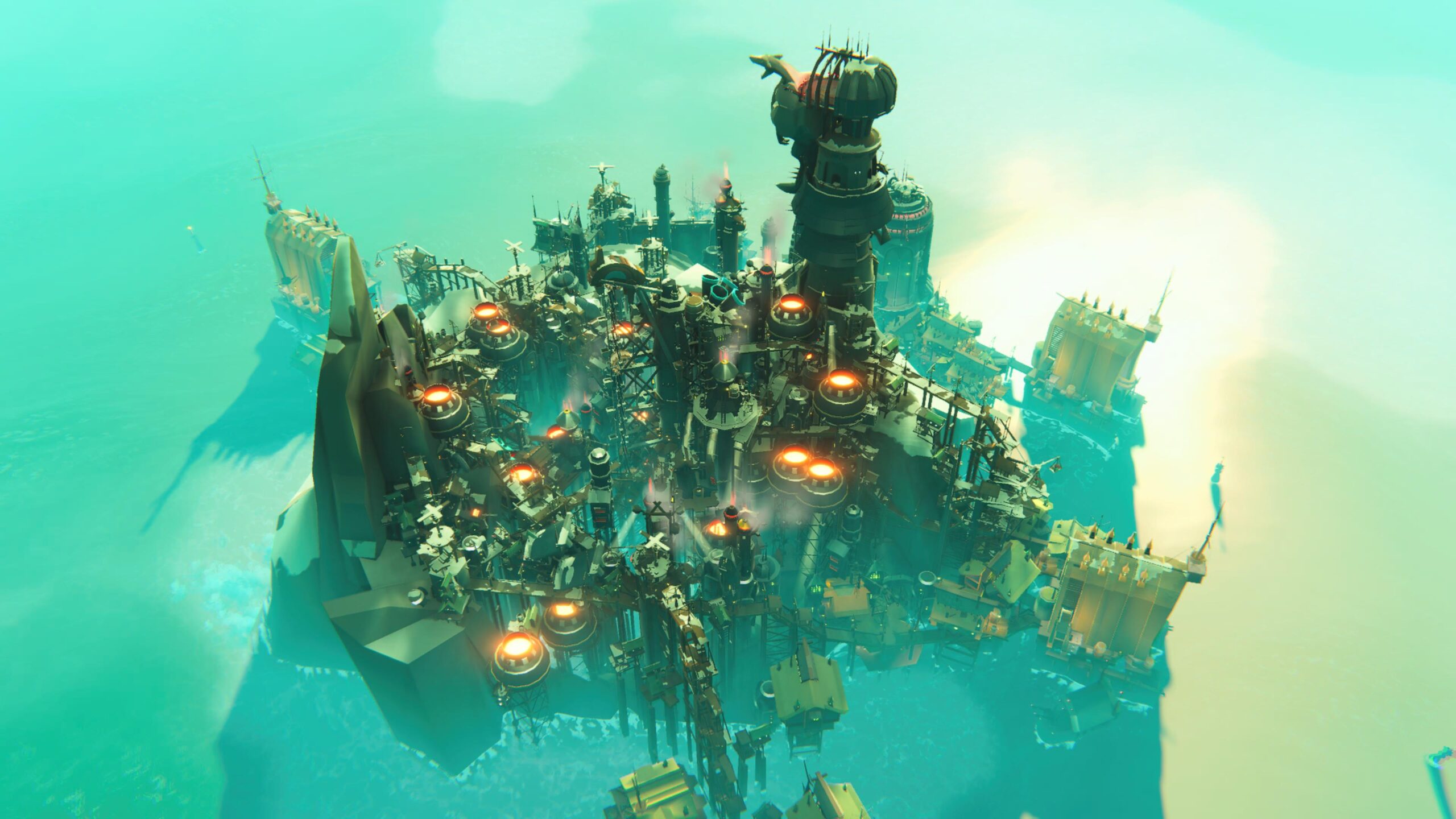
Ursee’s Last Hope
Bulwark Falconeer Chronicles is a city-building game set directly in the aftermath of the events of Falconeer. One of my desires while playing the original game was that “this could have been remade as a strategy or simulation game instead”. Bulwark hits close to home for my “demand”, and needless to say I was very happy with that. The sheer simplicity with which the game was built also continues to amaze me – considering that it had only a single developer working on it.
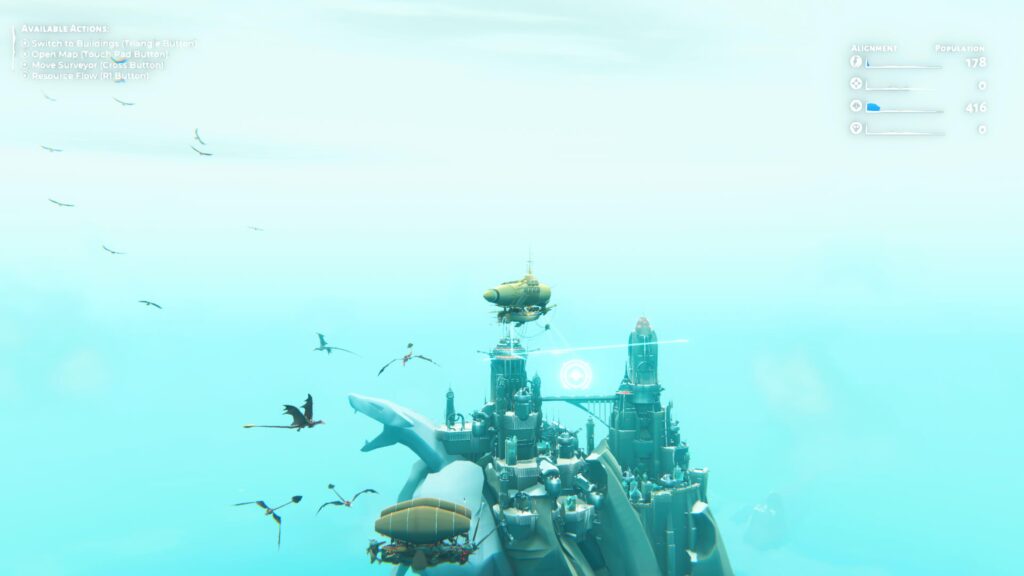
Bulwark Falconeer Chronicles starts with a lone Surveyor with resource extractors for each resource type and outposts. The Surveyor is nothing but a blimp that has been repurposed with extra housing and military capacity to be like an aerial fortress. A majority of the game involves moving the Surveyor from one place to another, fighting aerial battles against attacks from pirates and other factions and placing docks, extractors and outposts. The Surveyor gets more fighting strength as more soldiers join your army and more of the living population is turned into soldiers and as more battles are won against adversaries. Outposts and docks deployed from the Surveyor can be expanded to make them grow and allow more population to settle in. This also allows more members of the population to “contribute to society” in some way shape or form.
The best part about the game is that it can be played with the occasional tap on the controller buttons. The controller can be used to create more pathways – which leads to more housing, businesses and industry being made along those pathways. Sounds a lot similar to most other city-building games, doesn’t it? Well, in those games, there is a need to occasionally use a menu bar to place some utility buildings or maybe demolish some buildings. In Bulwark, everything is automated from the ground up – making it look like one giant metropolis in the rising ocean water that is managing itself (and needing an occasional tweak or two from time to time). I felt that the game offered an even more unique experience on PC because it could be played with the mouse alone – but that’s just me. As for special utility buildings, they need to be randomly rescued as part of random world events and then set up as part of the giant water town.

The Surveyor also has the capability to recruit more ships for the empire or rescue people from stranded outposts in the deep. These outposts can then be set up on some island to help expand the empire over the vast ocean – as reservoirs of human population or as labor for the nearby iron mine, stone quarry or logging camp. I liked the fact that the game does not outright talk about this, but subtly hints in the right direction when the time comes. Yes, there is a ship moving the distance which is marked with a ship icon (and a question mark on the map) which is warrants my attention – I want more ships for my growing water town and the ship captain wants a home for his crew (a literal win-win for everyone). Yes, there is a growing thick storm in the distance which contains either a rare monument or a business that boosts the population and the industry of the so-called empire (in one particular island).
Gathering resources is slightly more tricky. The game starts off with one or two of each extractors for iron, stone and wood inside the Surveyor – and they have to be dropped off inside the game map near the gathering area of the resource. Wooden buildings and towers are the most basic of all, and are very easily destroyed if attacked. Stone fortifications are more sturdier than wooden ones, and should immediately be built after a stone quarry is built. Iron is used to build towers of the highest capacity – these house a large population and can have a captain assigned to it as its defender. The captain will defend the area near the tower and help recruit some troops for the Surveyor. As the number of defended towers increase, the Surveyor gets access to more aerial soldiers which help to take down enemies very effectively. One of my only complaints about the game was that the tutorial did not hint towards how to get more resource extractors. I later learned that early on, I needed to manage with only three (or six) extractors – events that grant extractors will be unlocked much later in the game when the population has passed a certain threshold.
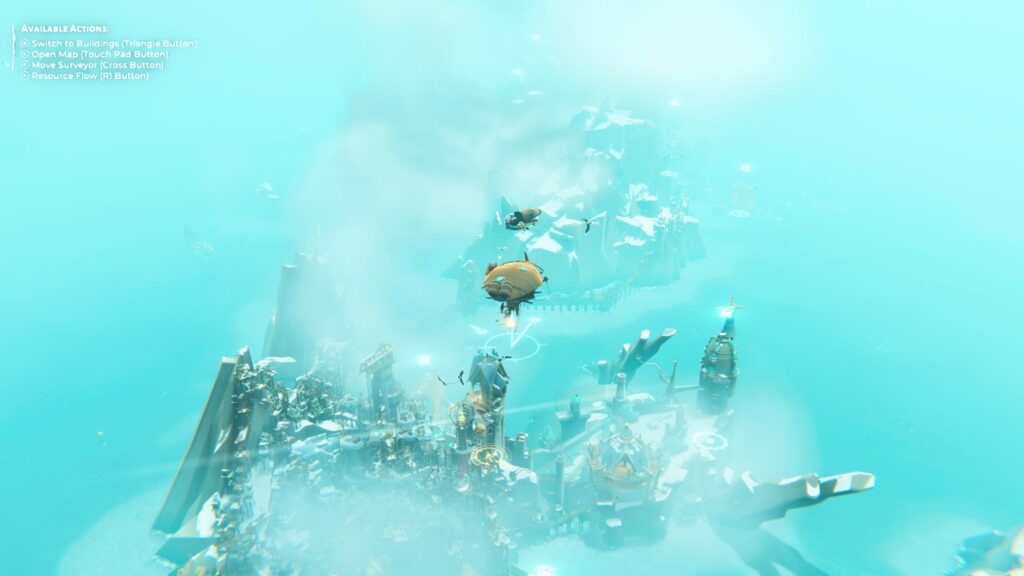
Like most city-building games, the main resource that can be difficult to manage is the population. Each member of the population has allegiance towards a particular faction. Each faction offers unique traits and getting more population from that faction unlocks more unique “random events” from that faction. The game starts with outposts from a single faction only – population from other factions can be gained from rescuing them in the world during “random events”. I also found that the delicate balance between factions to be very well designed – too much population from one faction can cause distrust among the other factions.
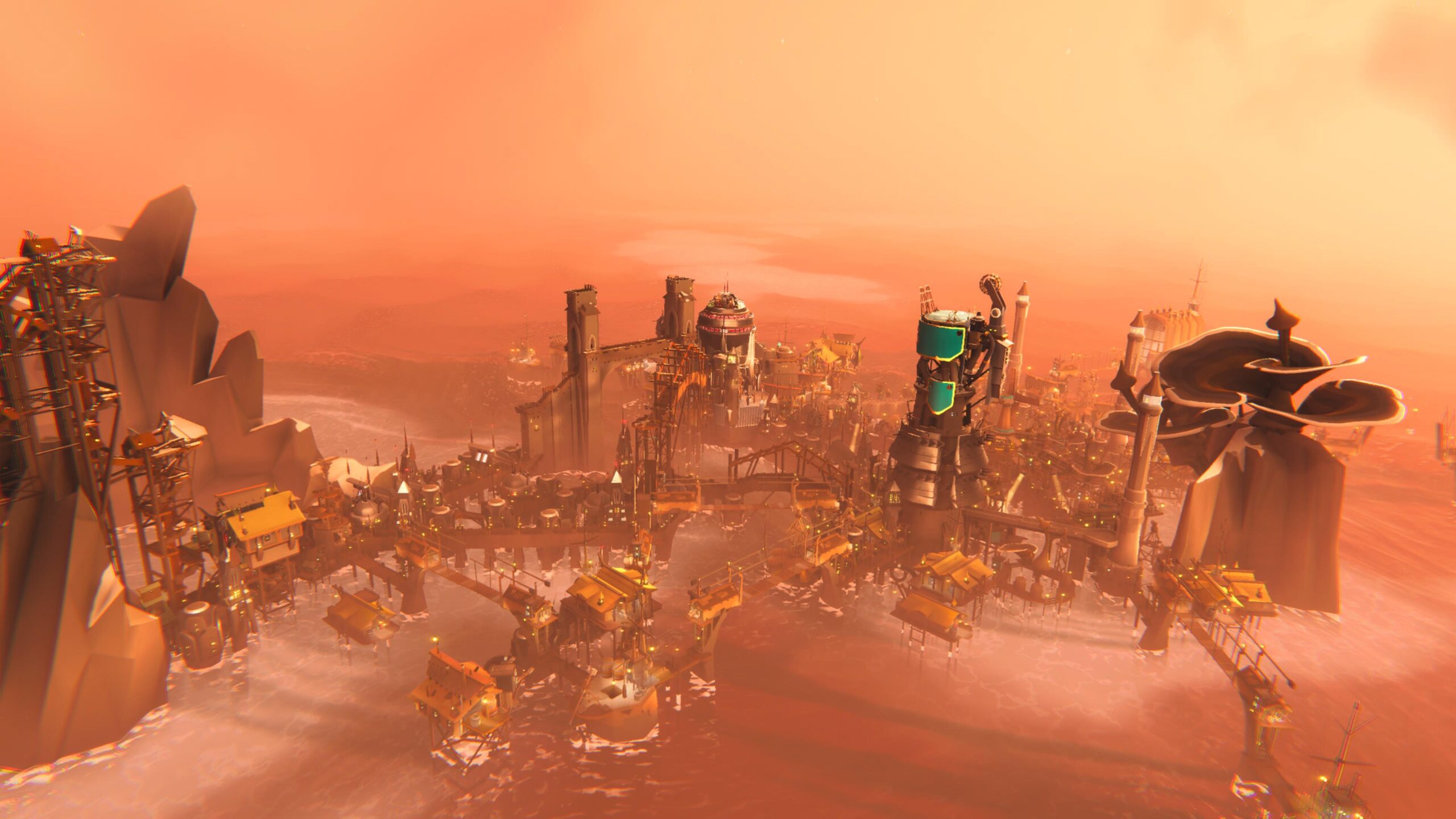
Post-apocalyptic Utopia
Like I already said at the beginning, Bulwark Falconeer Chronicles isn’t the most realistic looking among all of the city-building games out there – but it certainly has a very unique art style of its own. The voxel-based rendering does a wonderful job – it looks like a real fantasy city when looked up close. I even got to see the flyers on top of the falcons escorting my Surveyor! The game offers an insane draw distance for zooming in and out, which is very useful for taking photographs. Speaking of which – the game ships with a Photo Mode out of the box. The game does have a few framerate issues when the metropolis grows to be fairly big, but I think that is expected considering the amount of resources being used to render it.
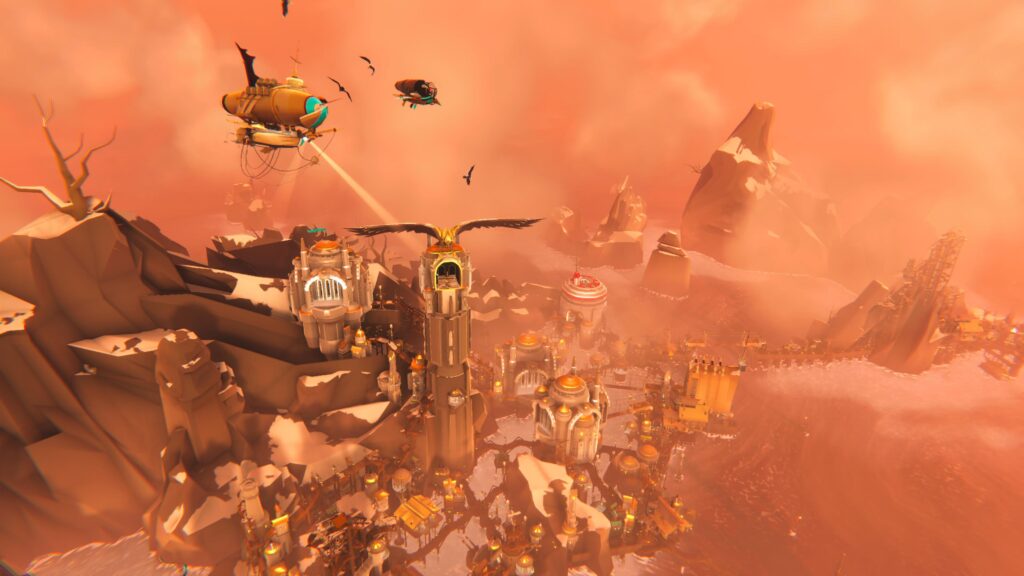
The game has a liminal soundtrack playing in the background throughout the playthrough – which gives an existential feeling of dread and hopelessness. The theme of hopelessness even reoccurs in the voice lines and how drained most of the characters in the game sound – everyone is tired of the apocalypse and wants a safe harbor to rest in.
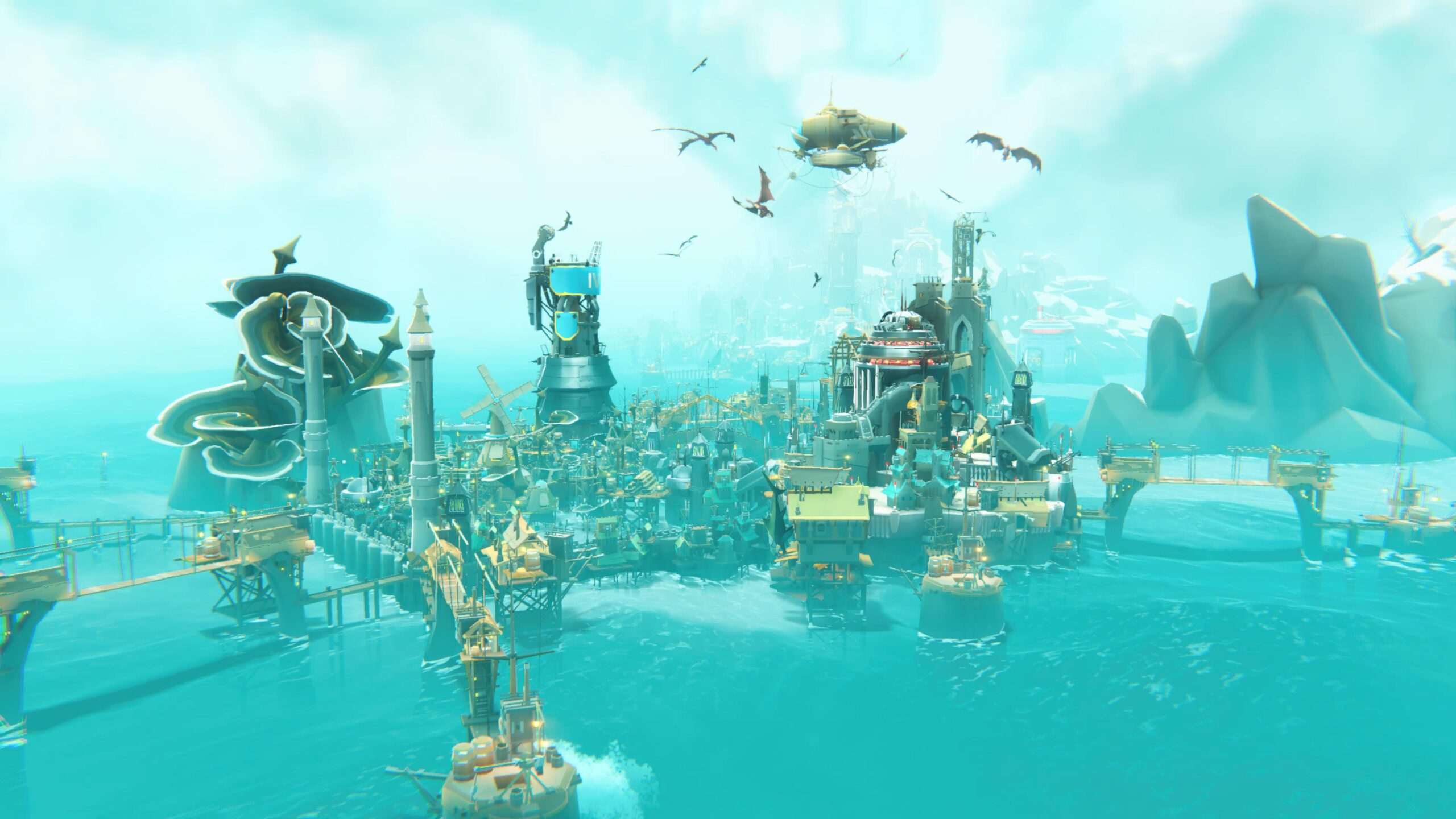
Real Talk
Bulwark Falconeer Chronicles is a city-building game slightly different than the other ones of its genre. It tries to carve its own niche with in-depth world-building and a post-apocalyptic theme that blends very well with its various elements (like graphics and sound). Tomas Sala has created another masterpiece – one that deserves to be played by most people who are into strategy and/or simulation games.
FINAL RATING: 90/100
Bulwark: Falconeer Chronicles Review
Bulwark: Falconeer Chronicles ReviewBulwark: Falconeer Chronicles

Excellent world-building, a decent post-apolcayptic theme and one-click city-building are cleverly mixed to give rise to Bulwark: Falconeer Chronicles
Product Brand: Falconeer
Product Currency: USD
Product Price: $19.99
Product In-Stock: InStock
9
